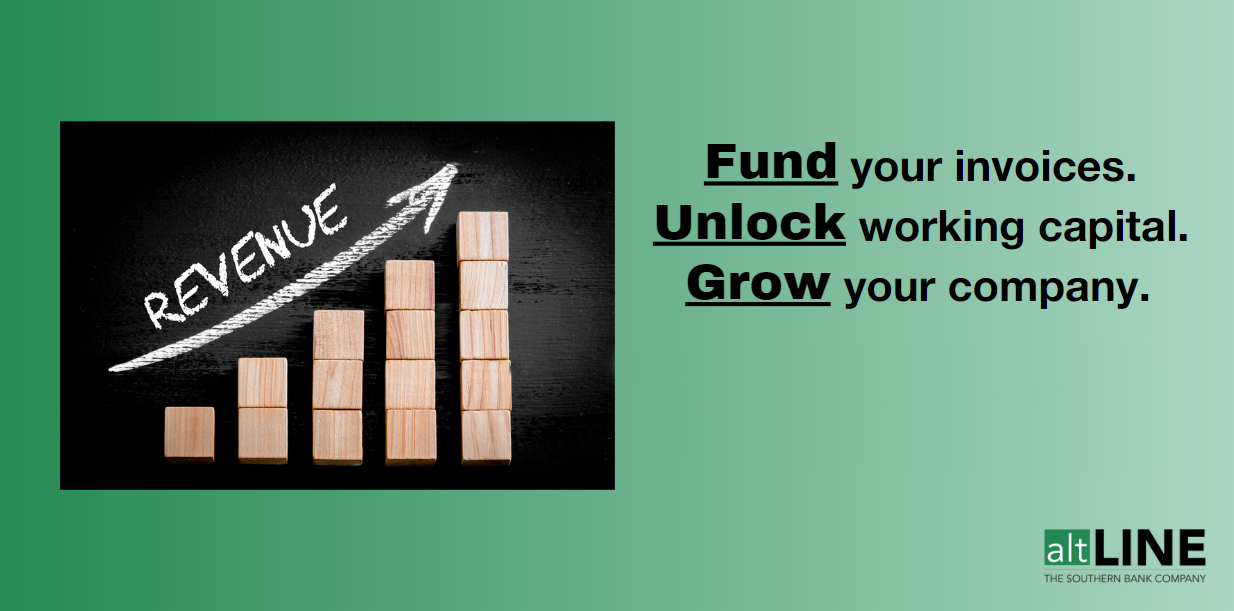What Is An Invoice Payment?
Last Updated May 29, 2024
Paying invoices is a facet of running a company that first-time business owners might be unfamiliar with. Sure, you probably have a good general understanding of what an invoice is, but it’s important to understand that making an invoice payment is more than just signing your name at the bottom of the document.
So, what other boxes need to be checked off when paying an invoice and what are the various payment methods? Continue reading to find out.
What Is an Invoice Payment?
An invoice payment is made when a customer or vendor pays a seller the amount they are charged on an invoice document. Invoice payments are a crucial link in the chain of financial operations and mark the completion of the transaction cycle. Having a smooth invoice payment process increases business efficiency and the potential for more profit.
Upon receiving an invoice, the buyer reviews the details, verifies the accuracy of the products or services provided, and processes the payment according to the stipulated terms.
In essence, the process of an invoice payment ensures that the goods or services have been delivered as agreed upon by both parties, and the corresponding payment is made in return. It is one of the last parts of an end-to-end payment process.
Common Payment Terms on an Invoice
In the world of invoicing and payments, several terms are commonly used. The payment terms that you use on your invoices are the main factor on how quickly you will get paid, so it is best to fully understand their meaning and choose the option that works best for your business.
Common payment terms include the following:
- Net 30
- Net 15
- Net 60
- PIA (Payment in Advance)
- COD (Cash on Delivery)
- EOM (End of Month)
- Due Upon Receipt
The choice of payment terms can influence cash flow and business relationships, stressing the importance of agreeing on mutually beneficial terms between you and your business partner.
Example of an Invoice Ready for Payment
When creating an invoice, aim to be as professional as possible, avoiding grammatical errors and checking that the prices are correct. To make your invoice look more polished and encourage quicker payment, include details such as your logo, brand colors, invoice issue date, and invoice number. It is crucial to avoid making an invoice that looks like it was haphazardly tossed together as this can delay payment. In fact, according to Forbes, including your logo can get you paid three times faster!
To make the process of creating a professional invoice easier, consider using an invoice template. Most invoicing software, such as QuickBooks or PayPal, offer invoice templates. Furthermore, here at altLINE, we have downloadable invoice templates that are customized to different industries:
- Small Business Invoice Template
- B2B Invoice Template
- Professional Services Invoice Template
- Staffing Agency Invoice Template
How Do You Make an Invoice Payment?
The process of paying an invoice involves a few straightforward steps. It might seem obvious, but when dealing with financial transactions, it’s vital to be thorough to ensure correct payments are made to the correct accounts.
Follow these simple steps to make an invoice payment:
1. Ensure the Invoice Accuracy & Note the Due Date
Before proceeding with paying the invoice, meticulously review the details on the document. Confirm that the listed items, quantities, and corresponding costs align with the products or services received. This invoice verification step confirms you are only paying for what you’ve actually obtained so that you can avoid any sort of overpayment.
Beyond that, any discrepancies with the invoice should be clarified with the seller before moving forward with an invoice payment.
Next, confirm the due date and plan accordingly to ensure the invoice is paid on time by you or your organization.
2. Choose a Suitable Invoice Payment Method
Once you’ve verified the details on the invoice are correct, it’s time to choose how you’d like to pay. Your payment options should be listed on the invoice, often in a section titled “Banking Details,” “Payment Options,” “Terms and Conditions,” or something similar.
Sometimes, you will only have one payment option, such as paying by ACH transfer. If the option(s) listed on the invoice does not work for your business, you can try reaching out to the seller to see if they can accommodate your needs.
Common payment options that you will see on an invoice include:
- Credit/debit card payment
- ACH transfer
- Wire transfer
- Cash or check
- Automated bill pay
3. Initiate the Payment
Once you’ve confirmed the accuracy of the invoice and selected your preferred payment method, initiate the payment process. This triggers the financial transaction and transfers the funds from your account to the seller’s. In most instances, a receipt or confirmation is issued once the payment is complete.
If you’re using an online payment system, invoice payment could be as easy as the click of a button, or if you’re paying via check, make sure all written information is 100% accurate to prevent disruptions to the process.
Invoice Payment Methods
Invoice payment methods vary based on convenience, speed, cost, and security. It’s necessary to weigh all of these factors when choosing a payment method with your vendor to ensure the smoothest possible process.
Now, let’s get into the different methods businesses use to pay invoices.
Credit Card Payments
Buyers can typically pay invoices using their credit cards, offering convenience and potential rewards. However, it’s important to remember that processing fees and interest rates might apply – and these can also vary depending on the type of credit card used.
Wire Transfers and ACH Transfers
Also known as bank transfers, wire and ACH transfers allow direct payments from the buyer’s bank account to the seller’s. These are secure and most commonly come with lower fees. In our experience, ACH transfers are typically free, while wire transfers can come with minimal fees.
Cash and Checks
It might seem like something of the past, but cash and checks are still used for invoice payments. However, because cash and checks typically need to be mailed, they can result in prolonged payment, and they present the risk of being stolen or lost in the mail.
Online Payment Platforms
In the digital age, online payments for invoices have become much more common. Platforms such as PayPal, Stripe, Venmo, Zelle, and others offer secure and quick payments. These platforms often offer integration options for businesses.
Keep in mind that while many of these online options are free, they can become costly when making payments overseas due to currency exchange and additional fees.
Invoice Payment FAQs
What does “payable to” on an invoice mean?
“Payable to” refers to the entity or individual to whom the payment should be directed. It specifies the recipient of the funds and ensures that the payment reaches the correct party.
This is also relevant for accounting purposes. Accounts receivable teams handle all invoices that are “payable to” your business, and vice versa – accounts payable handles all invoices that are “payable to” other businesses.
Do you have to pay an invoice?
Yes. Invoices represent legally binding agreements, so buyers are obligated to pay invoices for products or services received within the agreed upon payment terms. If you pay an invoice after the due date, late fees will likely be induced, and complete non-payment could lead to a strained business relationship, collection notices, or even legal consequences.
Is an invoice the same as a bill?
While both terms are often used interchangeably, there are technically differences between a bill and an invoice. An invoice is typically issued by a seller to request payment, and this payment often comes at a later date in accordance with the payment terms., A bill, on the other hand, tends to refer to a statement of charges that are due immediately upon receipt.
Is an invoice the same as a purchase order?
No, an invoice is not the same as a purchase order, and they serve different purposes. A purchase order is a document generated by the buyer to initiate a purchase, while an invoice is generated by the seller to request payment for goods or services already provided.
Michael McCareins is the Content Marketing Associate at altLINE, where he is dedicated to creating and managing optimal content for readers. Following a brief career in media relations, Michael has discovered a passion for content marketing through developing unique, informative content to help audiences better understand ideas and topics such as invoice factoring and A/R financing.




